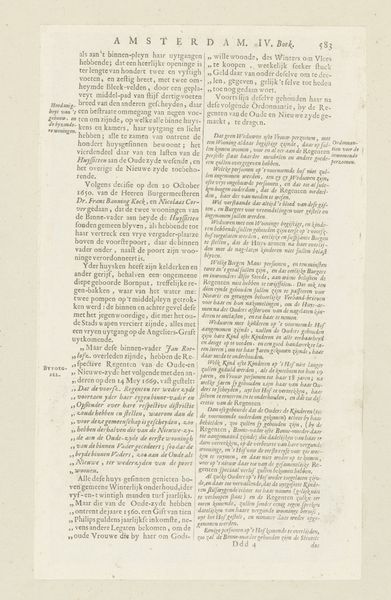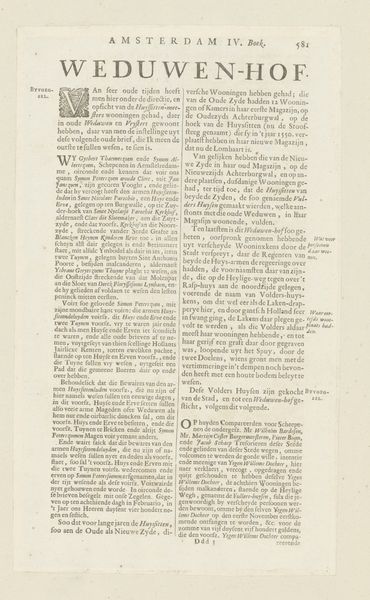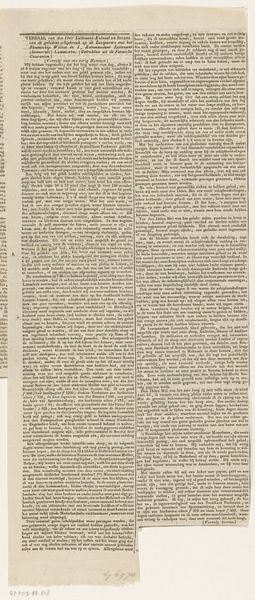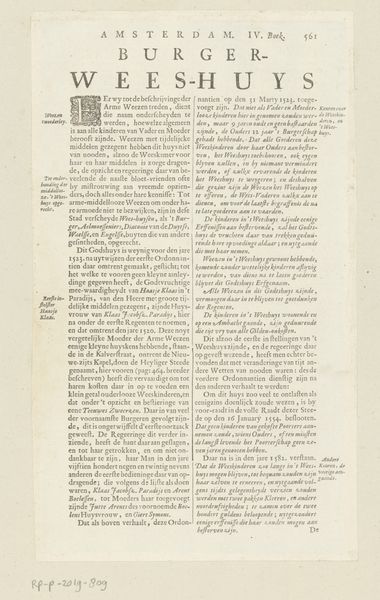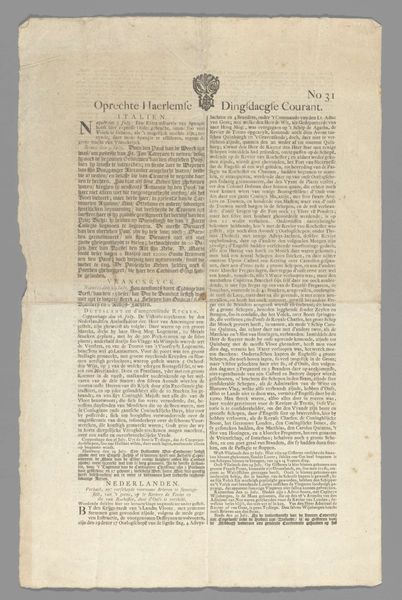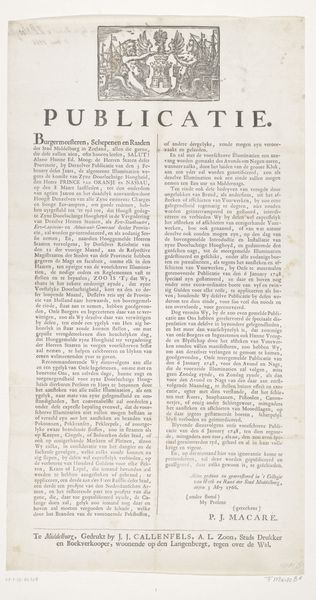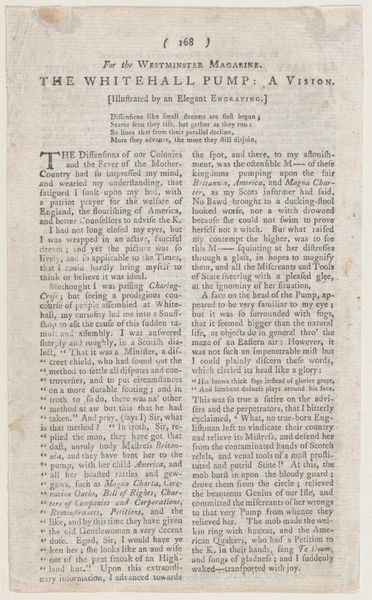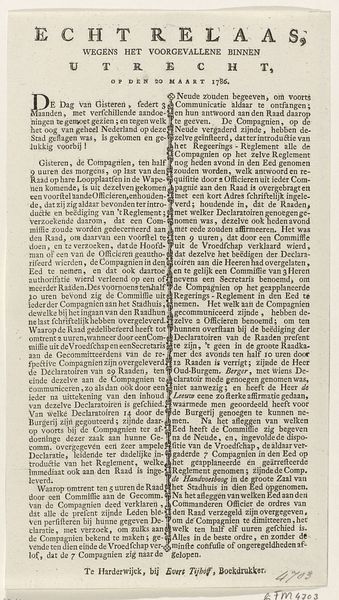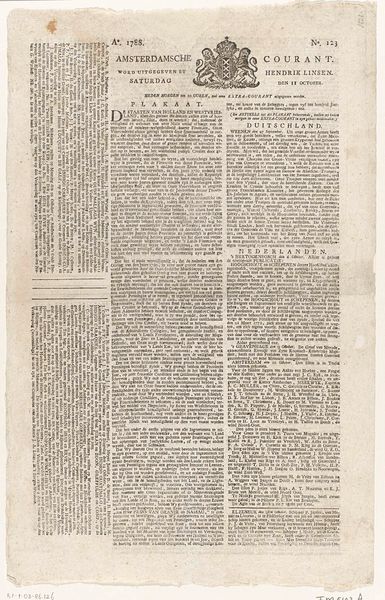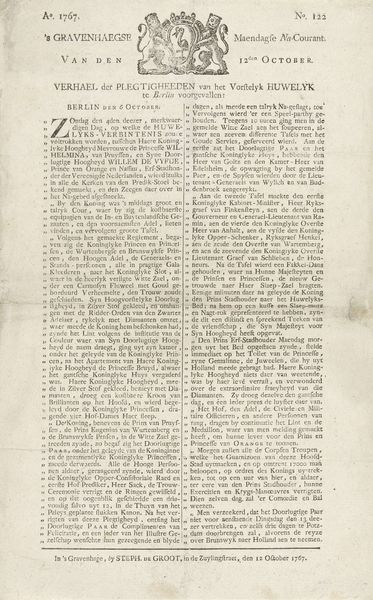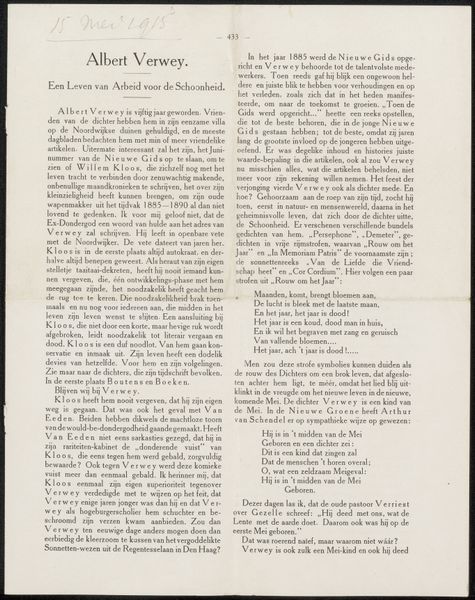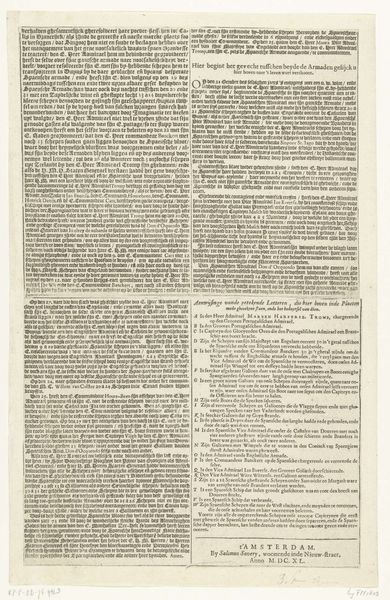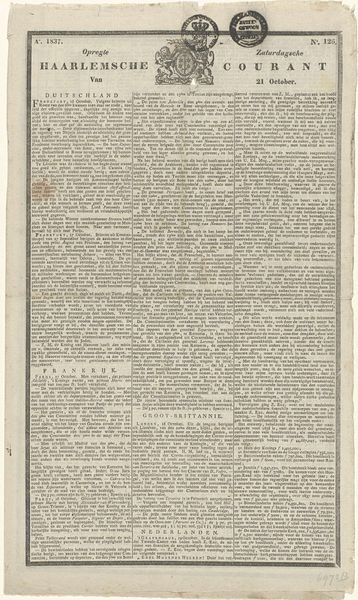
graphic-art, print, paper, engraving
#
graphic-art
#
dutch-golden-age
# print
#
paper
#
text
#
engraving
Dimensions: height 115 mm, width 142 mm
Copyright: Rijks Museum: Open Domain
Curator: Ready when you are. Editor: Let’s talk about "Gezicht op de binnentuin van het Dolhuis te Amsterdam," or "View of the interior courtyard of the Asylum in Amsterdam," made around 1665. It's an engraving. Looking at it, I immediately feel this stark contrast – the rigid order of the text and the poignant description of the Dolhuys residents. It gives me a sense of the artist's social perspective. How do you interpret this work? Curator: What a sharp initial read, that’s excellent. Consider the period - this wasn’t intended as entertainment. Prints like this served as historical documents; disseminating knowledge to the literate public. The text functions as witness and testimony. Don't you find the almost clinical description strangely compelling? How does it position you as a viewer? Editor: Yes, it feels…intrusive. As if I’m not supposed to be seeing this. So the intention was more informational than artistic, then? To record, rather than evoke? Curator: "Record" is a good word, although artists always bring a perspective, no matter how neutral they attempt to be. What choices in language do you think give it this quality of a dispassionate "recording"? Editor: Well, there's the level of detail given to things like the architecture. That makes it seem very factual. Curator: Precisely. And that stone statue described, “as insane, naked”? Details are carefully observed, aren’t they? It offers more questions than answers about societal attitudes. I always learn so much each time. Editor: I see your point. I initially jumped to my own judgment of this work's effect but understanding the intention changes my perception quite a bit! Thanks.
Comments
No comments
Be the first to comment and join the conversation on the ultimate creative platform.
